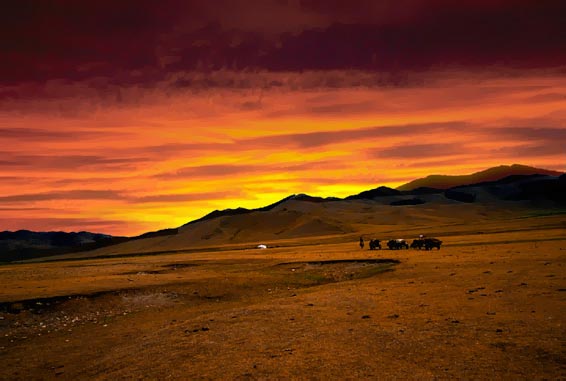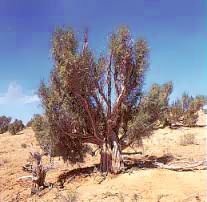Introduction
Friends & Family
Our Home
Our Biome
The Problem
What Can Be Done?
Contact

What Grows In the Desert?
Not all plants are able to survive in the desert, because there are times that they have to go without fresh water for over a year! The Gobi desert is affected by the Himalaya Mountains, that produce a "rainshadow effect," in which the mountains prevent moisture from reaching it.
Some of the plants that grow in the desert have very long roots in order for them to reach the underground water resources. During the rain, some of these plants such up as much water as they can and store it in their stems and leaves. Other plants store the food and water in their thick roots underground.
Rain brings plant life to the desert. After a big storm, billions of seeds come to life and flower in beautiful plants called ephemerals, but they only live for eight weeks.
The most known desert plant is the cacti, which adapts to the extreme environment through different ways. Some cacti, such as the old man cactus, has a layer of hair to help store water. While other cacti have a waxy outer layer, to help keep water in.Saxaul is a woody shrub that plays an important ecological role in the Gobi. Saxaul (Zag)
Haloxylon ammodendron

Saxaul is a woody shrub that plays an important ecological role in the semi-desert and desert zones Of Mongolia. Almost leafless, saxaul "trees" grow to between 6 and 12 ft high in moving sand, rocky valleys, and on hillsides. In some places, many saxaul grow in the same area, forming so-called "saxaul forests" which cover 11 million acres of southern Mongolia. These forests help to protect fragile Gobi soils from damage and erosion, regulate water supply, serve as a barrier to sand movement. They also provide habitat for animals and firewood for local people. However, Mongolia's saxaul forests are threatened by careless treatment and possibly by increasing aridity. Forest growth rates have dropped dramatically in the past 25 years, and the area covered by theforest has also declined. Firewood gathering of saxaul has increased, as prices have risenfor coal and otherfuels. Alternate fuel sources are urgently needed to reduce pressure on remaining saxaul forests.
Gobi Bear(Mazaalai)
Ursus arctos

The Gobi Bear is one of the Earth's most endangered animals, that have been under threat since the 1960's. It's total population is less than 50 individuals, that fluctuates from year to year due to harsh climate and the shortage of food and water. They survive in the hilly, rocky areas of the Gobi Desert, in an area that is strictly protected. The Gobi Bear also has to compete for food with the other livestock and people.
Asiatic Ibex
Capra sibirica

I
Ibex Ibex are a species of wild mountain goat that lives in rocky, steep, mountains of Mongolia. The males have large, curved horns, that grow larger than five feet. They have special hooves to help them climb. They are dark brown, and have a silvery black "beard." They eat grass, shrubs, and lichen, and their predators are wolves and eagles, along with poachers, who use their horns.